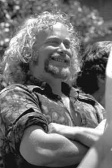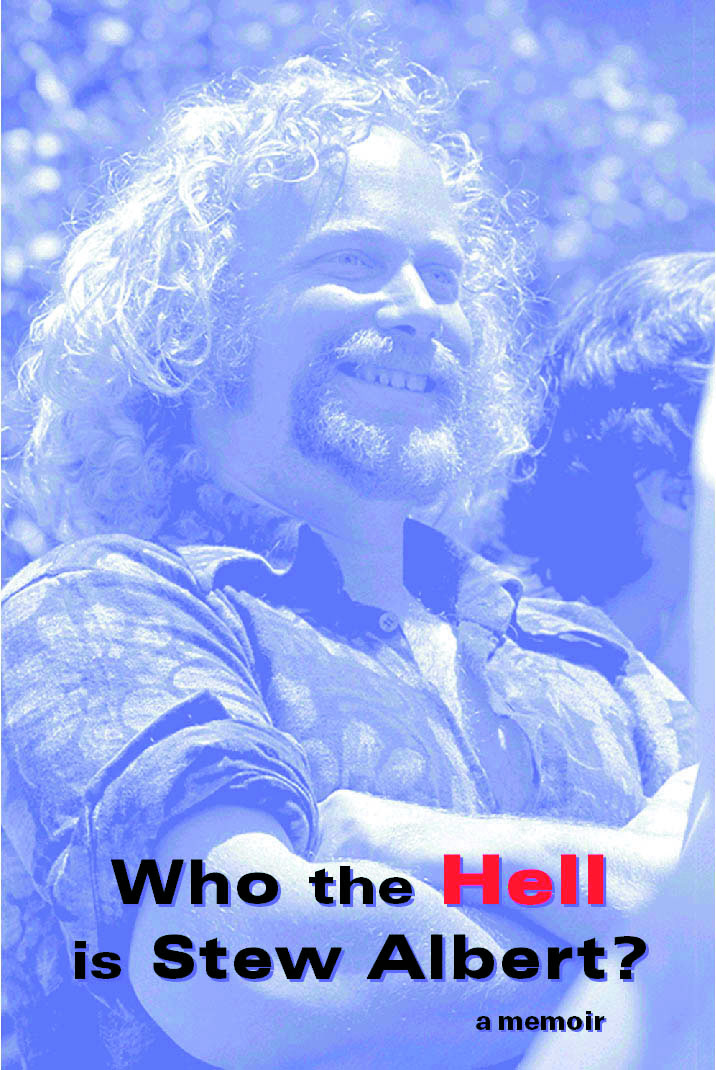Stew Albert
Stew Albert was born in New York City in December, 1939, and grew up in Brooklyn. He received a Bachelor of Arts degree from Pace University, worked for the New York Department of Welfare, started graduate work at the New School for Social Research then dropped out and hit the road.
Stew spent time in Cuba protesting the Vietnam War and became an organizer for the Vietnam Day Committee in Berkeley in 1965. Stew also began writing regularly for the Berkeley Barb, a radical underground newspaper, and was arrested for protest activities on several occasions.
In 1969, Stew became the editor of another radical underground newspaper, the Berkeley Tribe, and put out the first call for students and Berkeley residents to take unused land from the University of California and turn it into a “People’s Park.” In 1969, Stew was an unindicted co-conspirator in the famous 1969 Chicago Conspiracy Trial.
In 1975, Stew’s longtime sweetheart, Judy Gumbo, found an FBI homing device on their car. Stew and Judy took the FBI to court and discovered that the FBI had burglarized their rural mountain cabin and installed listening devices on numerous occasions. In 1977, Stew and Judy married and one month later, Stew became a father.
Stew is the author of two books, The Sixties Papers: Documents of a Rebellios Decade, (Greenwood Press, 1984) and his memoir, Who the Hell is Stew Albert (Red Hen Press, 2003). Stew died in 2006. Two days before his death he posted on his blog, My politics haven’t changed.


